This guide to responsible backpacking aims at offering simple things to do to protect the environment on your next backpacking trip. It expands on those Leave No Trace principles based on techniques I’ve picked up and experiences that have driven home the need for more responsible backpacking practices.
Most experienced backpackers follow the Leave No Trace principles. These principles help us minimize our impact and ensure that the wilderness we love will still be around for future generations. If you’re a new backpacker, you should read the 7 Leave No Trace Principles and familiarize yourself ASAP.
Article Overview
Things to Do to Protect the Environment While Backpacking
Reduce Overall Waste
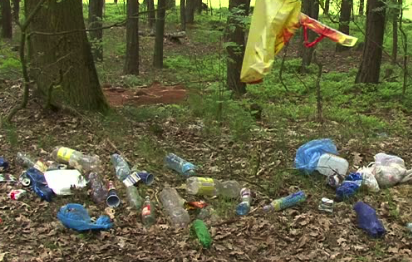
The principle of ‘Pack It In, Pack It Out’ is essential to the health of our wilderness areas. We go into the woods to experience solitude, beauty, and the stark contrast that natural spaces provide to our daily, manicured lives.
When we enter into the woods and find it littered with trash, our experience is, in many ways, compromised. So taking out what you bring in is critical to the continued health of our environment.
However, we can also begin to think about ways in which we can reduce the overall waste we inevitably end up throwing away when we finish a trip. A few ways in which I reduce overall waste on the trail is to eliminate single-use plastics and consider how plastic food packaging can be reused as trash receptacles.
First off, please don’t backpack with plastic water bottles that you’re going to throw away when the trip is over. It’s worth it, and good for our planet, to purchase a reusable water bottle (or two!).
Second, the plastic packaging that your dehydrated Mountain House, Backpacker’s Pantry, or AlpineAire meals come in double very effectively as trash receptacles once you’re finished with the meal. Better yet, if you eat right out of them, you’re also reducing the amount of water you’d be using to clean dishes.
Educate Yourself
I recently listened to a podcast that featured author Michael Finkel, who wrote the New York Times bestseller The Stranger in the Woods. His book is about a man named Chris Knight who, at the age of 20, left behind life as he knew it and moved into the woods of Maine where he remained, alone, for 27 years. It’s an incredible tale.
But what struck me most about his story is that this so-called ‘Last True Hermit’ didn’t pack a bunch of top-of-the-line outdoor gear with him to hunt, trap, make shelter, and survive some brutally cold Maine winters. He relied on the knowledge that had been passed down to him from his father as he grew up in the woods of the northeast.
He fashioned a rainproof and snowproof shelter from a series of old tarps. He used stacks of old National Geographic magazines that he taped together and buried under his shelter for insulation and warmth. He never so much as started a fire once in an incredible 27 years alone in the wild.
He even knew that the last hours of the night, from roughly 3 to 6 am, were the hours during which he was most likely to get frostbite or other cold-related illnesses. So, for 27 winters, he went to bed at 7:30 pm and woke up at 3 am to pace the entirety of his “property.”
It’s an extreme story, I know, but the point is that it’s not about the gear that you have with you. Instead, it’s much more about the knowledge that you have inside of you. As such, I highly recommend seeking a guided backpacking experience if you’re interested but have no idea where to start.
There are a variety of ‘Backpacking 101’ type courses and experiences available out there with reputable brands and experienced backpackers. Utilize them to your advantage to gain knowledge and experience!
Think Multi-Purpose
For me, I’m always looking to add tools or gear to my arsenal that serve multiple purposes. For example, your sleeping pad doubles as a sitting (or yoga) mat when you’re lounging around camp.
Your eating spoon doubles as a great food scraper when it’s time to do dishes. And even that Buff that’s conveniently keeping your neck warm right now can double as toilet paper in a pinch (ok, hopefully not but you get the point).
The more multi-purpose items you find means the fewer total items you need to carry. Not only does this reduce your reliance on stuff but it will also serve to reduce the overall weight of your pack as you start to plan and prepare for longer trips.
Other examples of items that serve multiple uses include a quality microfiber towel, short/pant combinations (think Dad cut-offs), and a quality Leatherman (this will serve unlimited purposes throughout your backpacking career!).
Experiences That Have Taught Me Things to Do to Protect the Environment
In addition to having the right gear to reduce your impact and minimize waste, these are some experiences that have taught me how to better respect and care for the environment while backpacking.
Lack Of Preparation Has a Large Impact
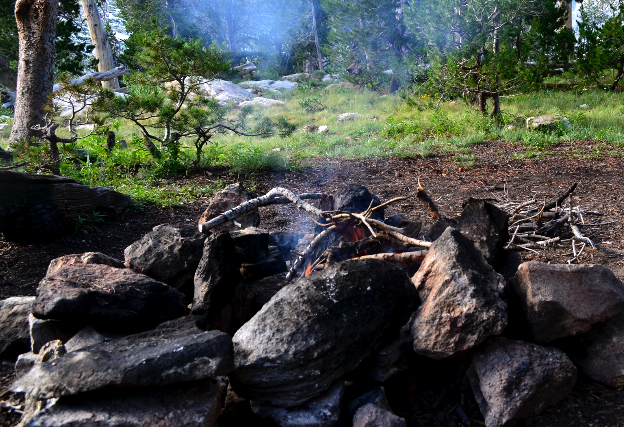
Some time ago, I took my girlfriend out for an overnight camping trip. Halfway into the lake, we had decided to camp at, I realized that my canister of butane fuel might be a tad low for our cooking purposes. Sure enough, I grabbed water from the lake, started it to boil, and the fuel canister sputtered out after just a few seconds. “Now I’ve done it,” I thought.
“But don’t worry,” my mind continued. “You’re a skilled outdoorsman and you can just cook over the fire.” And yes, this worked just fine. Dinner (and the next day’s breakfast) just took a bit longer to prepare than it would have, but we weren’t starving.
However, I highlight this experience because, as a result of my poor planning and preparation, our trip became much more resource-intensive (and labor-intensive) than it should have been.
We had to gather and burn wood for cooking when we otherwise would’ve had no use for it. And those of you that live in dry or fire-prone areas know that, even when burn bans are in effect, irresponsible fire management can have a huge impact on the environment and human civilization.
In this case, the responsible choice would have been to triple-check my packing list to make sure I had all the supplies needed for a minimal impact trip, especially when it comes to food preparation.
Quality Doesn’t Have To Come At A High Cost

If you’re new to the backpacking game, it’s easy to think you need to buy a bunch of gear to be prepared for whatever the outdoors can throw at you.
On my hiking trip on the John Muir Trail, we ended up leapfrogging with a couple that had hiked the trail multiple times before. On our last day on top of Mt. Whitney, the father of one of my trail companions hiked up from the Portal to meet us at the summit and he was fascinated by the couple’s gear.
He questioned them about where they had gotten their shoes, packs, and even their shorts. “Shorts came from Wal-Mart for 5 bucks about 10 years ago,” the man replied. “They probably have more than 10,000 miles on them.” And their packs? “Oh, we made these ourselves out of old chicken feed bags,” the woman explained. They were the definition of lightweight and innovative.
But the lesson I learned from them is that it doesn’t take hundreds of dollars to be ready to go backpacking. And even if you would have no idea where to start to construct your own backpack, there are a number of brands (like REI and Patagonia) that sell used gear and worn wear at a fraction of the cost of brand new gear.
Much of this stuff has been well refurbished and will still last for years. It’s a great way to get the gear you need to get started without overspending. It’s also a great way to recycle gear that has already been manufactured instead of using your dollar to demand more materials.
Wildlife Aren’t Friends
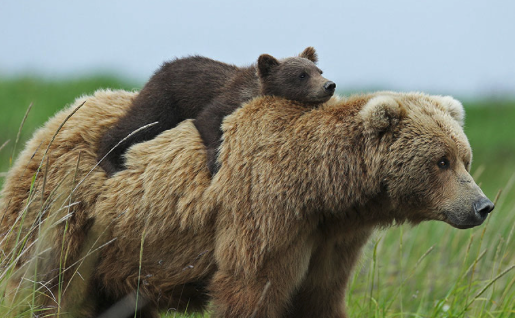
A lot of novice backpackers and hikers are interested in what types of animals you might see on a given trail. While this curiosity is healthy (I’m always curious too!), our activities have a dramatic impact on the wildlife in natural areas that we love. Some years ago, I took a side trip up to Jackson Hole, Wyoming for a quick backpacking trip before starting graduate school.
We parked our car at Jenny Lake in Grand Teton National Park and hit the trail. Within less than a mile we spotted a bear cub just off the trail about 100 yards to our right. Other day hikers and park visitors were scrambling to get photos and cooing over the bear’s “cuteness.” And there I am thinking, “Oh crap, where’s Momma?”
The risk in grappling for photos and trying to get too close to wildlife is that they become desensitized to the presence of humans, not to mention it increases the likelihood of someone who forgot they had half a Clif Bar leftover in their pocket getting attacked. And what happens when a bear attacks a human, even if it’s our fault? Typically, it is the bear that suffers the greatest consequence in the long run.
We can see examples of animals becoming desensitized to the presence of humans everywhere. The marmots along the John Muir Trail will sit on the rock two feet away from you and wait for handouts like a domesticated dog. The geese on the shores of our beaches will eat chips right out of your hand (and sometimes take a chunk of your finger with it!).
The downfall of this desensitization is that these species are becoming more and more reliant on human activity over the course of many years. And as such, they are becoming less and less reliant on their instinctual hunting and foraging skills. What, then, happens if you take humans out of the picture?
Final Point On Things to Do to Protect the Environment While Backpacking
I do not wish to leave you on a negative note, but we must consider questions like these if we are to be responsible for our presence. I do not believe that it is our role to be providers of sustenance to all the creatures of this planet.
To me, many seem more capable of fending for themselves than many humans I know. We can, however, be sustainable stewards of the wildlands in which we love to recreate.
This guide is, by no means, a complete resource for responsible backpacking. But by incorporating a few of these techniques and being aware of some of my experiences, I hope that you can formulate your own responsible backpacking practices and do your part to preserve and maintain the beautiful wilderness areas that we are so fortunate to explore.
About The Backpack Guide
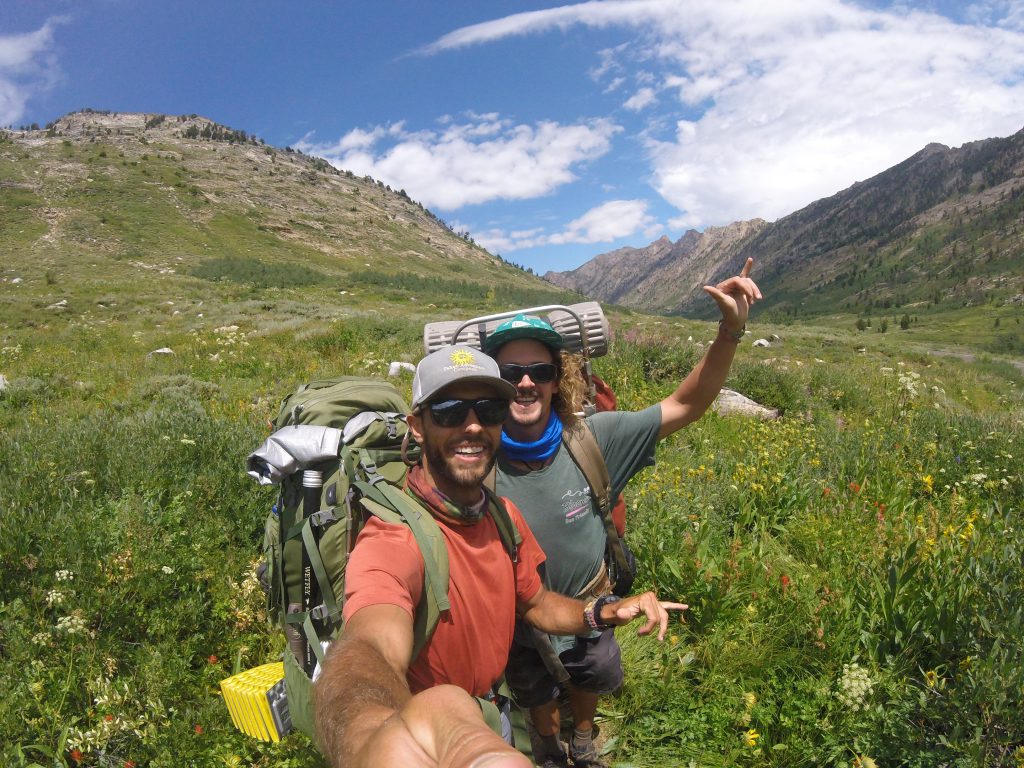
As The Backpack Guide, I’m always looking for new trails and wildernesses to explore. If you have any recommendations on how we can be more responsible in our backpacking practices, I’d love to hear from you! And I’d also love to hear where your passion and love for the outdoors came from and what continues to inspire you to push your boundaries and expand your comfort zone.
Also, let me know if you’d like to write your own review or backpacking guide! I’d love to give new and/or experienced backpackers a platform to share your stories from the trail. Drop me a line here or find me on social media @thebackpackguide on Instagram and Facebook.
I hope you’ve enjoyed this guide to responsible backpacking and I’d love to hear your feedback in the comments section below. I’ll be quick to reply to any questions, comments, or concerns you feel like sharing!
Hike Responsibly, My Friends!
The Backpack Guide
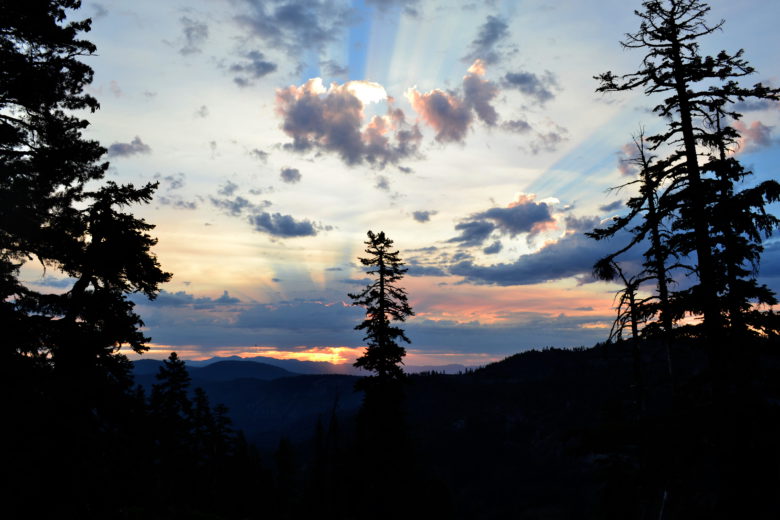
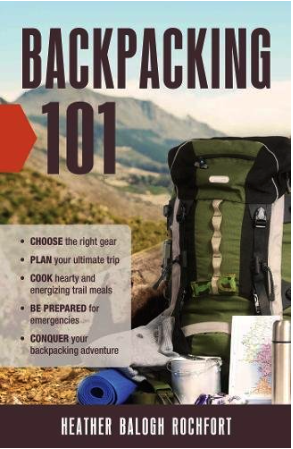
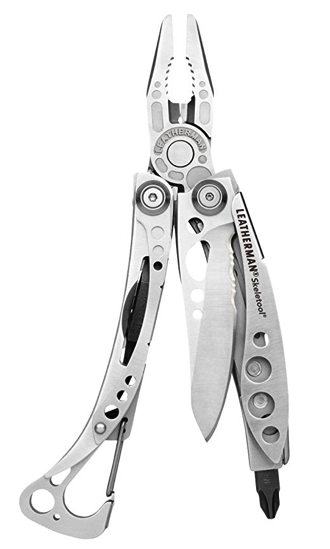
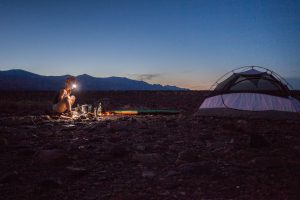
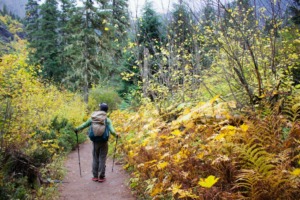
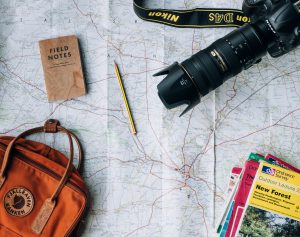
Comments
I like the pack it in, pack it out principle. It reminds me of a golf point of etiquette. And that is leave the course in better condition than you found it. For example, if your golf ball leaves a pitch mark on a green, fix it plus several others you may find. When hiking or backpacking, if you find trash, pick it up and pack it out.
Your wildlife portion reminded me of a story that happened to us while backpacking in to a mountain lake near Mt. Hood. We were traversing a ridge line which had a number of huckleberry bushes when we heard a low humming sound close by. Our first reaction was a bear on the other side of the berry bushes eating berries. Fortunately, it turned out to be a hummingbird.
Author
Hahaha I love your story! Thanks for sharing. I think the principle of ‘leaving places better than we found them’ extends to all facets of our life. If we truly invest positive energy in a place and its people, that energy will be reciprocated. Thanks for the comment and here’s to more beautiful hummingbird encounters in the future!
Most of backpackers are responsible, I can say that because in an area where there are many scenes of attractions and for that I have scene many backpackers, though I have witnessed a few who through empty tins and containers everywhere, engage with wild animals dangerously but many of backpackers tend to be responsible.
I just wish article like these reach to many hikers, its of much value
Thank you so much for such a comprehensive guide to responsible backpacking, it has overwhelming information
Good afternoon Tucker,
I enjoyed your post very much. It makes people aware that we are guests here and should behave accordingly. People are becoming more conscious that we have to take good care of our environment. Our visits to nature should really be untraceable.Never leave man-made things behind you as it could harm animals or cause fires.
The idea to make packs out of the chicken food bags I find brilliant. I have chickens myself and always keep these bags and use them for various things as they are made of very resistant material.
You are right in stating that one should enjoy wildlife from a prudent distance afterall these animals are no house pets.
Regards, Taetske
Author
I thought those chicken feed backpacks were so awesome when we met those folks on the summit of Mt. Whitney. There we all were with $250+ backpacks and they had done the same trailer, with less weight, and for a fraction of the cost. Lots to learn still!
Good day,
Thank you for sharing such great information. I am not a hiker, but love the forest, nature and enjoy a brisk wallk around the park and when I go back home love the beauty of nature! But I agree with you 100 %, if you use it, leave it the way it was found. Beautiful so the next person can also find enjoyment.
I may not be a hiker, but I understand and agree with you. We need to care for nature and the animals that living in the forest. We are all part of the planet. I think that some times individuals forget that animals in the forest are beautiful but they have their strength and can be dangerous. As human we can sometimes cause the accidents that happen ( beacause I heard of it). Educating the human population is the way, like with you website is an excellent way.
Thank you, much success on your online business,
LadyEsther